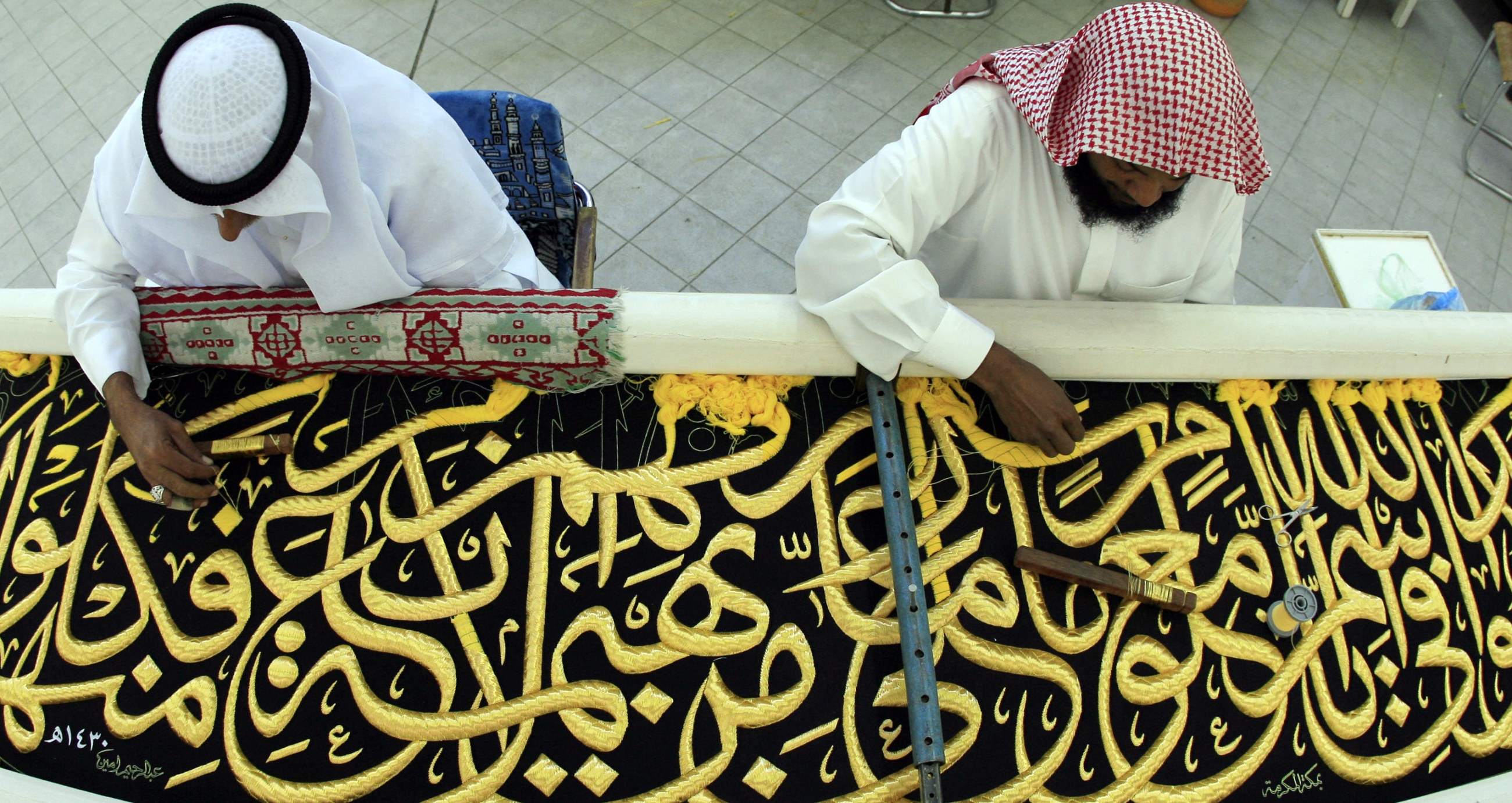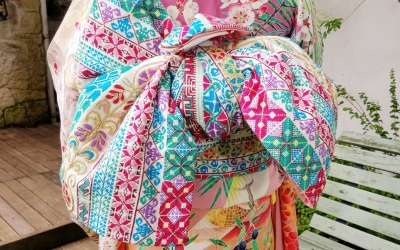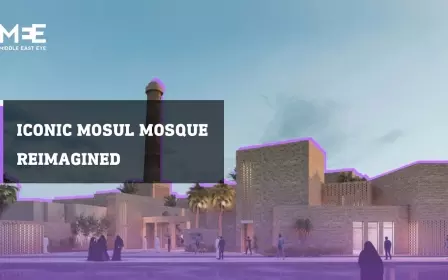Unesco adds Arabic calligraphy and Palestinian embroidery to heritage list

The United Nations cultural agency Unesco has added Arabic calligraphy and Palestinian embroidery to its Intangible Cultural Heritage list.
Arabic calligraphy was added to the list following a joint nomination by 16 Arab countries including Saudi Arabia, Egypt, Jordan and Palestine, with Riyadh leading the bid.
New MEE newsletter: Jerusalem Dispatch
Sign up to get the latest insights and analysis on Israel-Palestine, alongside Turkey Unpacked and other MEE newsletters
"The fluidity of Arabic script offers infinite possibilities, even within a single word, as letters can be stretched and transformed in numerous ways to create different motifs," a statement on the Unesco website read.
Saudi Arabia welcomed the listing and said the artistic form was a "treasured aspect of authentic Arabian culture."
The craft was one of several from the region added by the UN agency, with the Palestinian tradition of embroidery, known as tatreez, also included.
Tatreez is the art of hand stitching patterns and motifs with brightly coloured thread onto clothing.
The stitching can include “a variety of symbols including birds, trees, and flowers,” Unesco explained.
Embroidered motifs and colours vary from one area to another, reflecting the unique characteristics of Palestinian villages and towns. Each town has its own style of patterns and uses a bespoke collection of threads for use in tatreez.
Palestinians trace their embroidery practices, as well as their thobes (dress), back to ancient Canaanite and Phoenician forebears.
Since the 1967 war and Israel's subsequent occupation of East Jerusalem, the West Bank and Gaza Strip, embroidery practice have been revived among Palestinian refugees to emphasise their political and national identity.
“Embroidery is a social and intergenerational practice, as women gather in each other’s homes to practice embroidery and sewing, often with their daughters," the Unesco statement said.
'Important and timely'
Palestinian Authority (PA) Prime Minister Mohammad Shtayyeh thanked Unesco for its inclusion of the tradition.
"This step is important and timely, in order to protect our Palestinian identity, heritage and narrative, in the face of the occupation’s attempts to steal what it does not own," Shtayyeh said in a statement posted on his Facebook account.
His comments came a week after Miss Universe contestants were accused of "appropriating Palestinian culture" when they took part in an event to promote tourism in Israel.
As part of the event, contestants dressed up in traditional Palestinian tatreez-embroidered thobes and took part in activities, such as vine leave rolling.
According to Atef Abu Saif, the PA minister of culture, the ministry worked for over two years to get Palestinian embroidery added to the list.
"Heritage is the living reservoir of the memory of our people on this earth. The preservation of the national cultural identity of our heritage is indispensable to the necessity of confronting an occupation that harnesses all its capabilities to eradicate and steal it,” he said in a statement.
Unesco's Intangible Heritage list is aimed at protecting different elements of humanity's cultural heritage from disappearing and to encourage greater awareness of their existence.
Other additions from the Arab world in 2021 include Syria's al-Qudoud al-Halabiya style of music and Morocco's traditional equestrian procession, known as Tbourida.
This article is available in French on Middle East Eye French edition.
Middle East Eye delivers independent and unrivalled coverage and analysis of the Middle East, North Africa and beyond. To learn more about republishing this content and the associated fees, please fill out this form. More about MEE can be found here.






